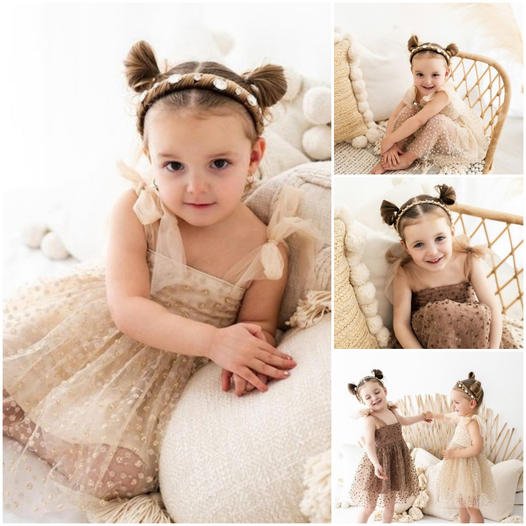Preschoolers often love to sing, enjoying songs with repetition and simple melodies. They can create their own lyrics for familiar songs, drawing inspiration from events and people around them. This creative expression through music and movement plays a crucial role in their development.

Singing and Musical Exploration
Your child can usually recognize and name favorite songs and sing parts of them. Singing helps children understand the difference between fast and slow, long and short, high and low, loud and soft. Here are some ways to encourage their musical creativity:

- Create Homemade Instruments: Use a pan, saucepan lid, and a wooden spoon to create a drum set.
- Rhythm Exploration: Point out sounds with a regular rhythm, like a ticking clock or a dripping faucet. Encourage your child to clap, tap, march, or pulse to the beat.
- Animal Sounds: Watch short videos of animals making noise and moving in the wild. Your child might make a drum sound like a shuffling elephant or a shaker sound like a slithering snake. They might also enjoy dancing like a silly monkey.

- Classical Music Stories: Listen to songs like “Peter and the Wolf” or “Carnival of the Animals,” which use different musical instruments to represent various animals. Guess which animal the music represents and try to imitate the sound.
- Singing Songs and Rhymes: Enjoy singing songs and rhymes such as “Incy Wincy Spider,” “Head, Shoulders, Knees, and Toes,” “Frère Jacques,” or “The Wonky Donkey.” If you can’t remember the words, use resources like Karaoke Baby.
Dance and Movement
Your child can create actions and dance movements to the music. Other times, you may see them flying like butterflies, crawling like caterpillars, or jumping like frogs. Movement to music is excellent for releasing energy and emotions. For example, your child might jump for joy or stomp their feet in anger. Here are some ideas to inspire movement:

- Animal Imitation: Encourage your child to move like different animals. They might crawl like a caterpillar, hop like a frog, or flutter like a butterfly.
- Dance Games: Play games where your child stops and starts with the music. They can freeze when the music stops and move when it starts again.
- Emotion Movement: Use music to express different emotions. Play a fast, upbeat song for joyful jumping or a slow, calm melody for gentle swaying.
Benefits of Musical Activities
Engaging in musical activities helps preschoolers in various ways:
- Cognitive Development: Understanding musical concepts like rhythm and melody supports brain development.
- Emotional Expression: Music and movement provide a healthy outlet for expressing feelings.
- Physical Coordination: Dancing and instrument playing improve motor skills and coordination.
- Social Skills: Group activities like singing and dancing encourage cooperation and turn-taking.
Conclusion
Encouraging your preschooler to explore music, sound, movement, and dance fosters their creativity and aids in their overall development. Through simple, fun activities, children learn to express themselves, develop important skills, and enjoy the world of music and movement. So, get ready to sing, dance, and make some noise with your little one!



